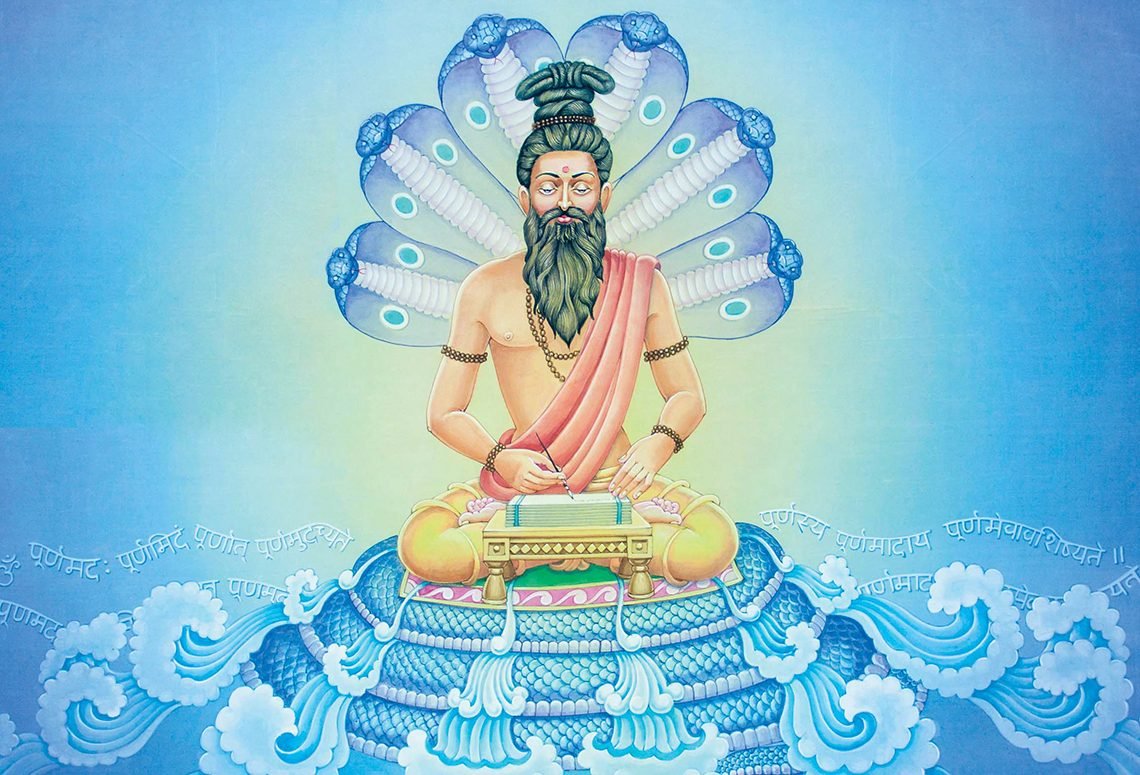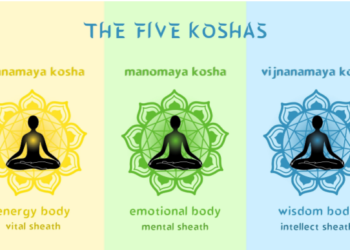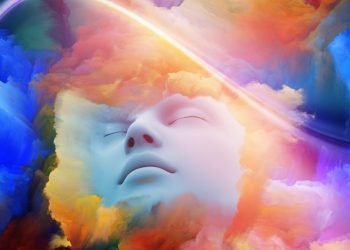Do you know what the schools of Hindu philosophy are? There are six orthodox schools of Hindu philosophy and three heterodox schools. Orthodox schools recognize the authority of Vedas. But the heterodox schools don’t believe in the power of Vedas. All these schools are independent of each other.
The Six Darsanas or Schools of Hindu Philosophy
There are six orthodox schools of Hindu Philosophy and three heterodox schools. Let’s take a closer look at each:
Nyaya of Sage Gautama – First School of Hindu Philosophy
Nyaya deals with the Hindu system of logic. Sage of Gautama is the founder of this philosophy and the principles outlined in Nyaya Sutras. Nothing is acceptable unless it follows reason and experience, which is the scientific approach.
Vaisesika of Sage Kanada
The second among the schools of Hindu philosophy is Vaisesika. It studies the atomic theory and the structure of the Universe. In short, it was the physics of ancient times. Initially, Vaisesika was a part of Nyaya philosophy as it was a part of science. But physics was the fundamental of all sciences. So, scholars separated it from Nyaya and put forth it as a separate philosophy
Sankhya of Sage Kapila
The third among the schools of Hindu philosophy is Sankhya. It deals with the relationship between Nature and Spirit as the world’s cause. Sankhya emphasizes the attainment of knowledge of the self. And it employs concentration and meditation. It believes that we can only reach liberation through self-knowledge. But not through exterior influence or agent.
Yoga of Sage Patanjali
Yoga concerns itself by gaining mastery over oneself. And it can be done by transforming one’s inner equipment. It presents the individual with a method of physical and mental discipline. And believes in releasing Purush from Prakriti. It can be done through means of physical and mental discipline.
Mimamsa of Sage Jaimini – Fifth School of Hindu Philosophy
The fifth among the six schools of Hindu philosophy is Mimamsa. It talks about the procedure and practice of rituals. It is a treatise on karmakanda and also goes by the name ‘Purva Mimamsa.’ And this Darsana emphasizes the performance of Yagya for attaining various spiritual and worldly benefits.
Vedanta of Sage Krsna Dvaipayana Badarayana Vyasa (Sage Vedavyasa)
It is also called the Uttara Mimamsa. Vedanta deals with the philosophical and theological views in the Upanisads. And Vedanta believes that the world is unreal and that is, it is all Maya. It is monistic as it states that there is only one reality, Brahma. As it emphasizes self-knowledge, it relies heavily on Upanishads.








